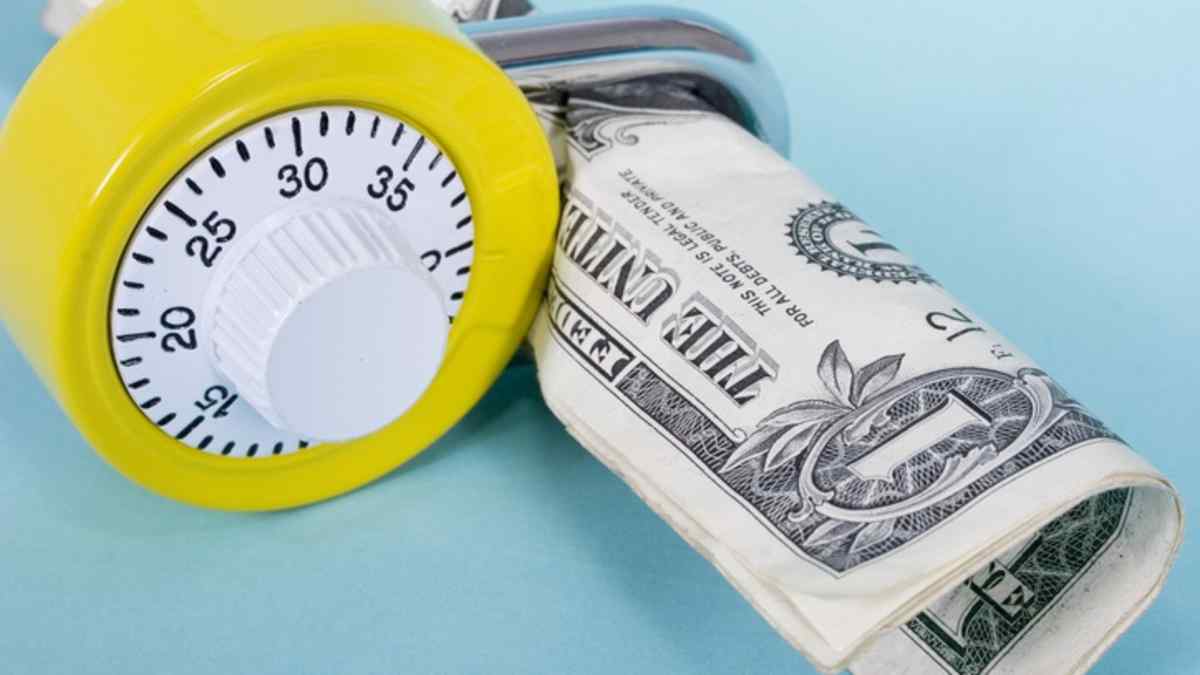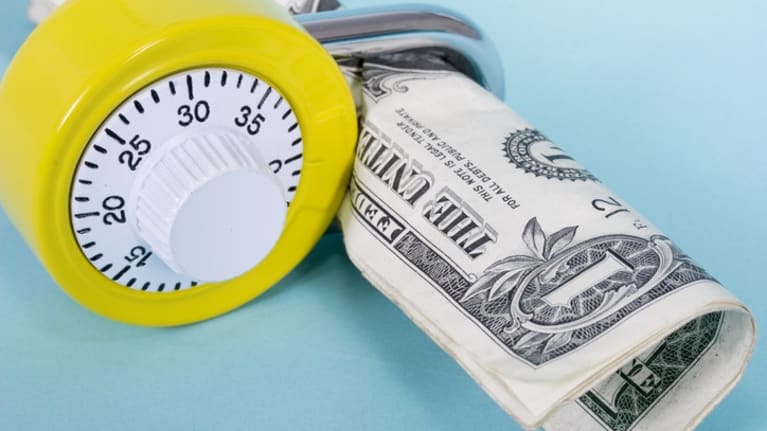
The U.S. Department of Labor’s (DOL’s) Employee Benefits Security Administration has proposed updates to its Voluntary Fiduciary Correction (VFC) Program, including adding a new self-correction component for employers that fail to send 401(k) salary withholding contributions or participant loan repayments to their plans on time.
The new feature within the VFC Program would also enable employers and retirement plan officials to notify the DOL electronically that they have self-corrected certain failures. The current VFC Program requires plan officials who need to make a correction to submit an application to the DOL for review and approval. The proposed changes “will make it easier and more cost-effective for plan officials to correct violations, and for the department to improve compliance,” said Assistant Secretary for Employee Benefits Security Lisa M. Gomez. “This is welcome news for plan sponsors and plan providers,” said Kelsey Mayo, director of regulatory affairs at the American Retirement Association (ARA), a trade group in Arlington, Va. “The ARA has been advocating for a self-correction component to the VFC program for well over 10 years,” she noted. “Late deposits have been the most common failure corrected through the VFC Program, which did not include any self-correction component (SCC) before these revisions,” wrote R. Sterling Perkinson, a partner at law firm Kilpatrick Townsend in Raleigh, N.C., and Peter Daines, an associate at the firm. “Late deposits may also be corrected outside of the VFC Program, but the VFC Program provides certainty that the corrections are properly completed,” they explained.
What Would Change
According to the DOL, the proposed changes would:
- Clarify and expand transactions that are eligible for correction under the VFC Program.
- Simplify administrative or procedural requirements under the program.
- Amend the associated prohibited transaction class exemption, known as PTE 2002-51, which provides relief from sanctions imposed under the Internal Revenue Code for specified transactions identified in the VFC Program.
“Similar to a compliance statement under existing VFC Program corrections, compliance with the SCC program will result in protection from civil monetary penalties and civil enforcement actions from the DOL,” Perkinson and Daines noted. “However, the DOL reserves the right to investigate whether self-correction properly occurred.”
The proposed rule, Prohibited Transaction Exemption (PTE) 2002-51 to Permit Certain Transactions Identified in the Voluntary Fiduciary Correction Program, was published in the Federal Register on Nov. 21.
The DOL is accepting comments through Jan. 20, 2023, via the Federal eRulemaking Portal at Docket ID number EBSA-2022-0024.
Self-Correction Conditions
Under the proposed rule, the new streamlined self-correction procedure could only be used if the following conditions are met:
- The plan or self-corrector must not be under investigation as defined in the VFC Program.
- Participant contributions or loan repayments to the plan must be remitted no more than 180 calendar days from the date of withholding or receipt.
- Lost earnings must not exceed $1,000 calculated from date of withholding or receipt.
- Self-correctors must use the VFC Program’s online calculator to compute lost earnings and an online Web tool to complete and file the self-correction component notice. Self-correctors must also complete and retain a self-correction retention record checklist.
- The company must file an electronic notice with the DOL containing certain limited information about the correction, which will generate an automated acknowledgment from the DOL.
“Late deposits that do not meet these requirements can still be corrected through a filing made under the VFC Program as before,” Perkinson and Daines said.
“Similar to a compliance statement under existing VFC Program corrections, compliance with the SCC program will result in protection from civil monetary penalties and civil enforcement actions from the DOL,” they added. “However, the DOL reserves the right to investigate whether self-correction properly occurred.”


